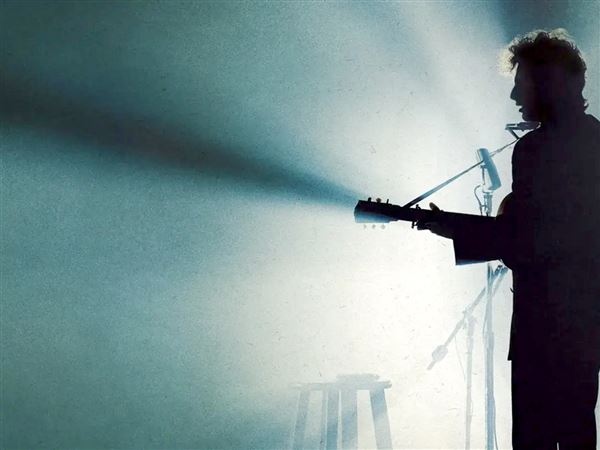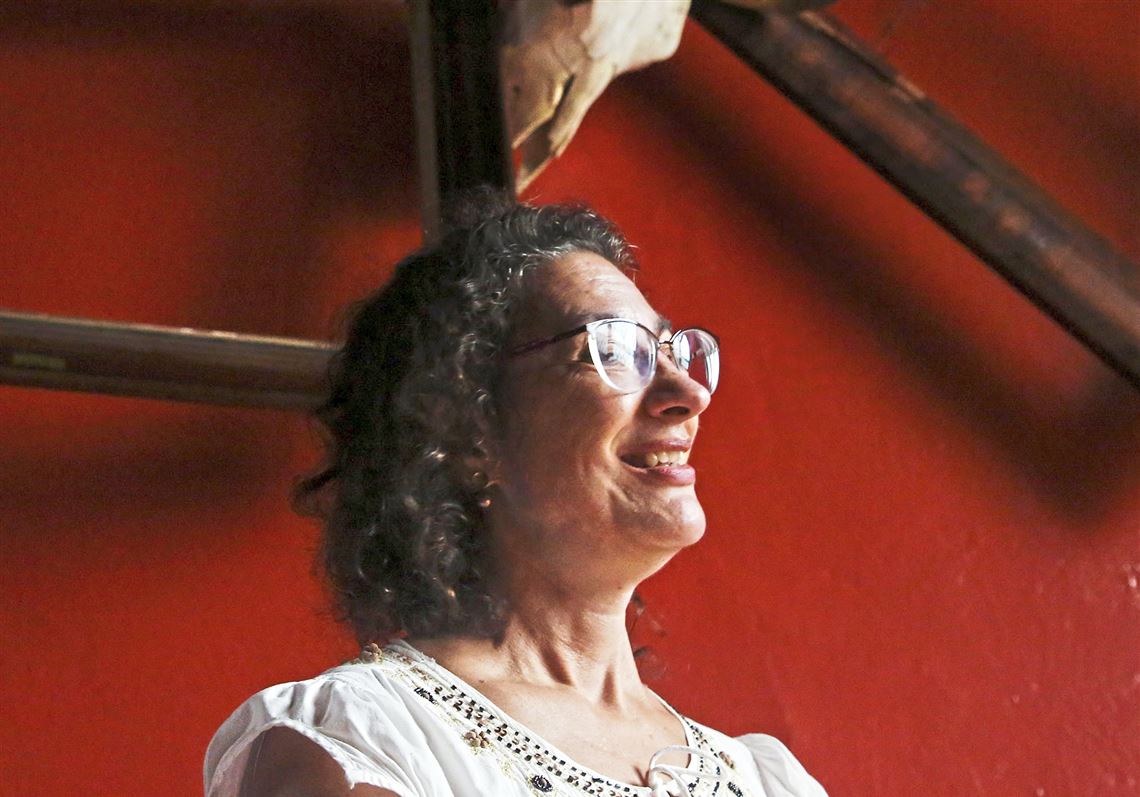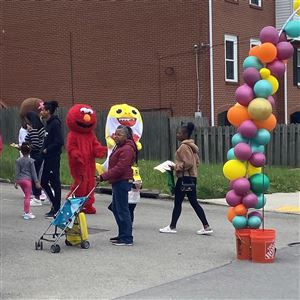The actors have rehearsed for weeks. The director’s worked every day for three months. The carpenters built a beautiful set and the lighting’s set to go. They’re putting on a great play by a local playwright. The curtain opens — and the theater’s only a third full.
That’s the normal and brutal life of any small arts organization. Even before the pandemic and even before the censorship wars, arts organizations struggled to balance their budgets with dwindling public interest. We do not live in a culture that values the arts enough to sustain so many small organizations, which is upsetting for everyone involved.
All tenuous
I know this, because for well over a decade, I ran a small arts organization.
I ran a poetry slam organization in Houston for a few years, and when I moved to Pittsburgh in 2006, I started volunteering at the Steel City Poetry Slam. The artist running it at the time, DJ Brewer, wanted to make art rather than run a whole show. He was tired, he told me many times — running an arts organization can feel impossible. Within a few months, I’d taken over administration of the whole endeavor. I ran it until 2016, when I got tired too.
Most arts organizations are nonprofits. Anyone that’s ever worked in a small nonprofit knows how tenuous it all is — how you’re constantly on the verge of collapse. Your employees keep turning over, among other problems. There’s too much work to be done and not enough people to do it, and not enough money to pay them their worth, and sometimes not enough to pay them a wage they can live on. Which leads to people burning out and quitting.
When I ran the poetry slam, I had to set up the schedule, keep the books, promote the show, pay the artists and everyone else, and raise money. Lots of money. I helped organize competitions throughout the year, culminating in a show that selected the team representing our city, and eventually sent those artists to the National Poetry Slam. My hobby was the equivalent of a 20-hour a week job.
The pandemic only worsened the situation for arts organizations. The misinformation and confusion about an emerging pandemic meant that many arts organizations shut down. No one wanted to kill their patrons, no one wanted to be responsible for potentially hurting another person.
Theaters shut down. Choirs stopped performing. Dancers hibernated in winter. The culture district went quiet. And people leaned into all the entertainment options our smart televisions have to offer.
Art value
I always understood the value of the arts. Going out to a show was an integral part of my childhood. I remember watching my mother get ready, putting on her fanciest frock and shoes to take me to see the opera or ballet. In the small city where I grew up, the performing arts were precious. We’d only get to go to fancy shows, in the Civic Center, a handful of times a year.
Watching a play or performance, of any kind, allowed me to engage with ideas outside the expected. I wasn’t just deflating into my loveseat, allowing the action to pass over me. As the member of an audience, I can react and cheer and clap and boo in a way that affects the other audience members. We become part of the show. No screen can ever replicate that.
I hope we come back. I’m trying to be better about it myself, fighting inertia.
Yes, the arts entertain us, but they also give us a place to gather, to laugh and cry together, and to find new and profound expression.
Last year, my husband surprised me with tickets to the Pittsburgh Public Theater’s “A Midsummer Night's Dream in Harlem.” Going to a play, I saw people I knew, met new people with a common interest and enjoyed Shakespeare’s hilarious antics with some interesting cultural commentary on the importance of setting. I could never have gotten that from my television or from a massive production at one of the big theatres.
Small arts organizations give us so much. The responsibility of reviving them is not on the artists. It’s on all of us. Every small arts organization believes in what it does, but it needs an audience that believes as much as they do — and demonstrates that by showing up.
We have to collectively decide to support these organizations. That means leaving our homes, no matter how comfortable our couches may be. We should go to plays, to gallery openings, to as many concerts and performances as we can — to leave our homes again, to get our butts in seats, and help our small organizations survive, and — one day — thrive again.
Adriana E. Ramírez, author of “Dead Boys,” is a columnist and InReview editor for the Pittsburgh Post-Gazette: aramirez@post-gazette.com. Her previous column was “The most beautiful game.”
First Published: July 27, 2023, 10:44 p.m.
















